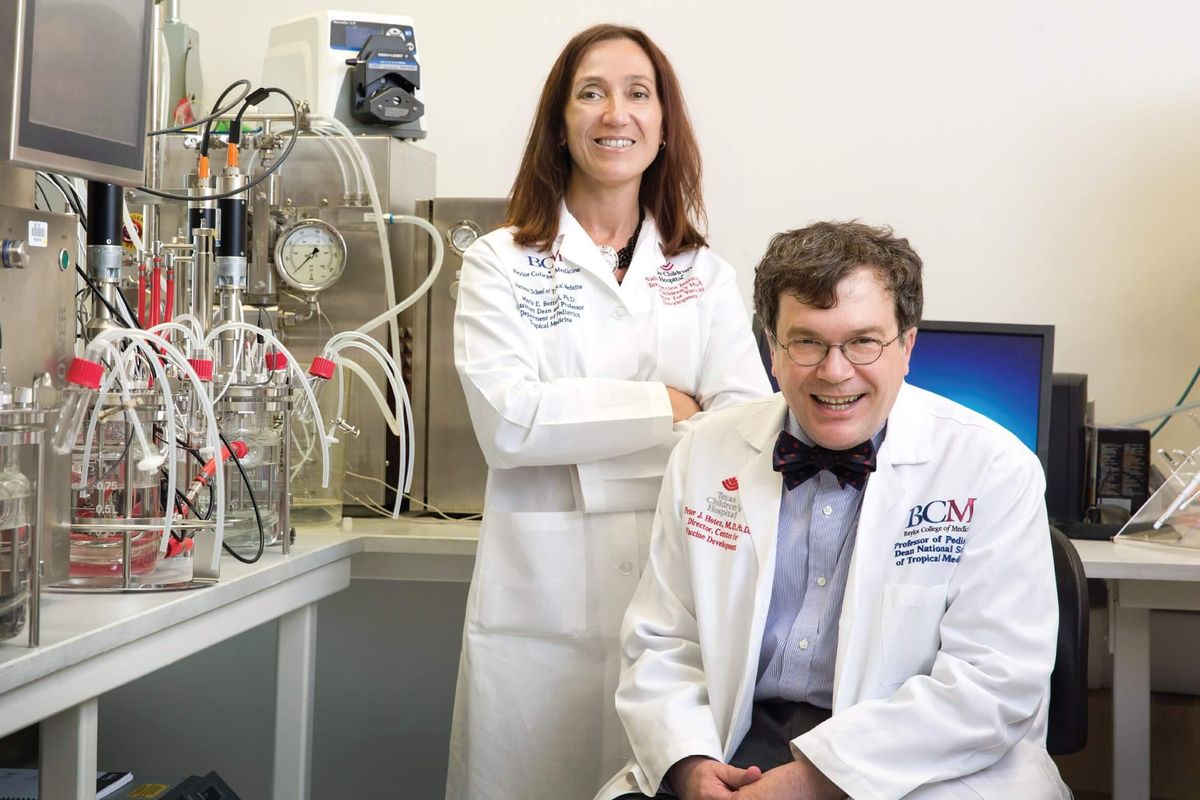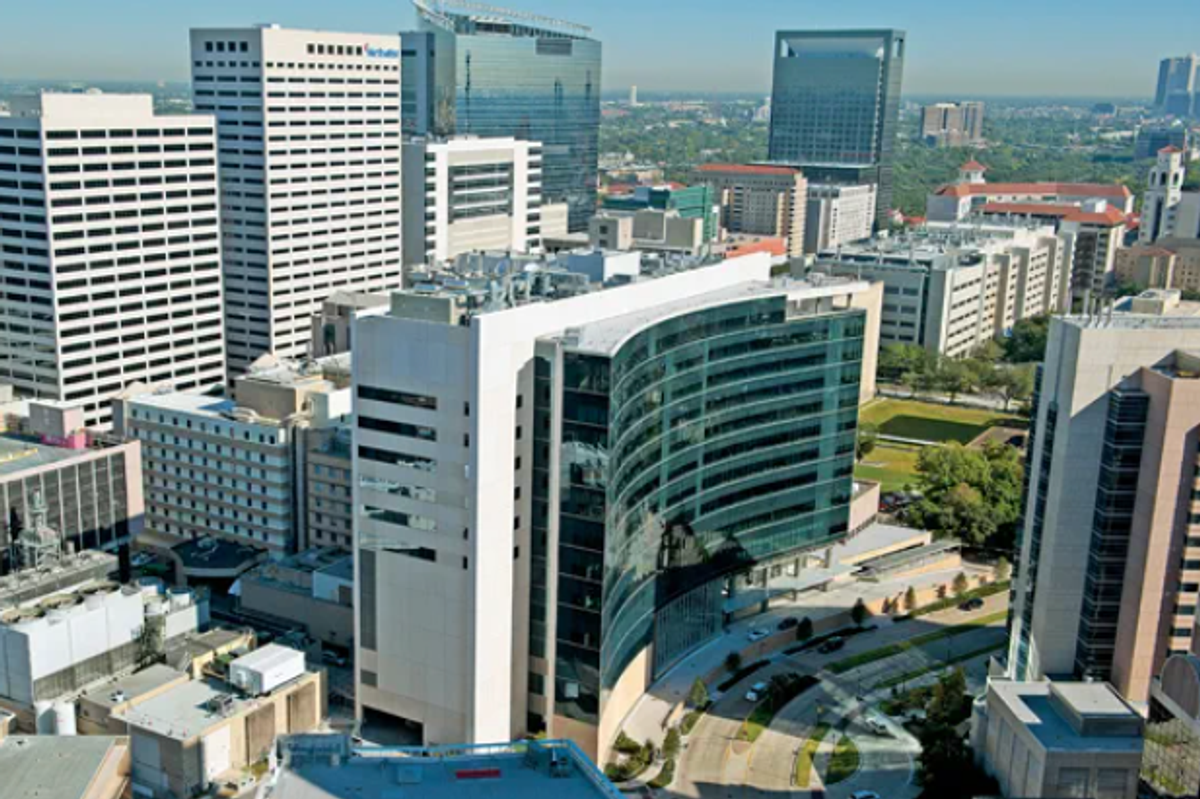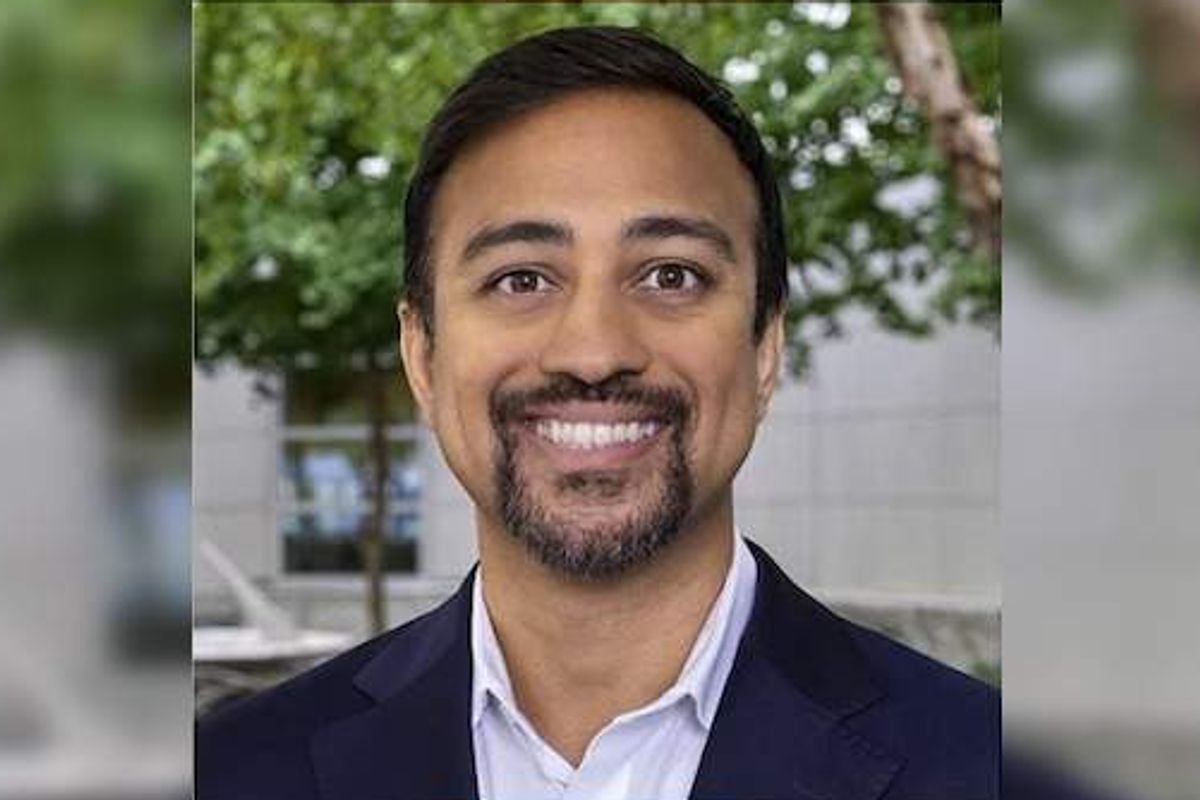Overheard: Space experts discuss commercialization, innovation, and Houston's future
eavesdropping in Houston
The aerospace industry — much more than other sectors — is run by a mixture of civil, commercial, and military players. And each of these verticals operate very differently.
At a Houston Tech Rodeo event called "Lasso the Moon" put on by Space Force Association and TexSpace, aerospace experts representing various entities — from startups to big tech to education and military organizations — discussed the future of space innovation.
Missed the conversation? Here are five key moments from the event, which included several talks and a panel at The Ion on Monday, February 28.
"In this age of rapid advancement, Houston has to take an active stance on supporting space innovation. Leaders must leverage all that this great city and our community have to offer, and we must align civil, commercial, and academic communities to work together to build an effective space innovation ecosystem."
— Mayor Sylvester Turner says at the event's welcome address. “Ever since Houston was the first said from the surface of the moon, Houston has been known as the Space City," he says.
“How is the tech industry going so fast in updating their technology, but the government is struggling? … The system is not designed to innovate.”
— United States Space Force Lt. Gen. Chance Saltzman says, addressing innovation in space and war operations. He adds, "The system is designed to just do continuous improvement on existing capability. When we talk about the need to shift or jump and revolutionize the technology we are using, there are a lot of things at play working against us."
“Houston is the global energy capital, human spaceflight capital of the world, and has the biggest medical center of the world. All of these sectors are heavily dependent on innovation and technology. And many of these technologies overlap. It’s time to switch to technology verticals.”
— David Alexander, professor in the department of physics and astronomy at Rice University, says in a call for industries in Houston to work together. "If you focus on the technologies, then collaboration happens."
"Houston intimately understands innovation. We come from a city of wildcatters."
— Sarah Duggleby, CEO and cofounder of Venus Aerospace, says in her talk about how she's growing her California-founded company in its new Houston headquarters. She added that Texas makes it "infinitely easier to do business."
"Innovation in our business usually equates to risk. Usually when we start to on a project, we like to use time-proven technologies. Creating onramps for technology and innovation has to be something that we plan."
— Sam Gunderson, lead of partnership development at NASA's Johnson Space Center, says adding: "The other thing that I think creates a challenge for innovation within industry that I think the government needs to improve on is that we often over-define our solution set when we try to (onboard new technology). Leaving room for innovation and for people to bring something in that doesn't solve the problem in the way we anticipated needs to be a part of the way we buy services."
"You're a private business — you're trying to grow, you're trying to scale, you need cash. The government has a lot of it. It's perfectly aligned – if you do it right."
— Enrique Oti, CTO at Second Front Systems, says on the process of getting grants and submitting RFPs within government agencies. "There are lots of way to do it, but the only way you can get there as a startup or small company is if you're blatantly asking for the money and information."




















